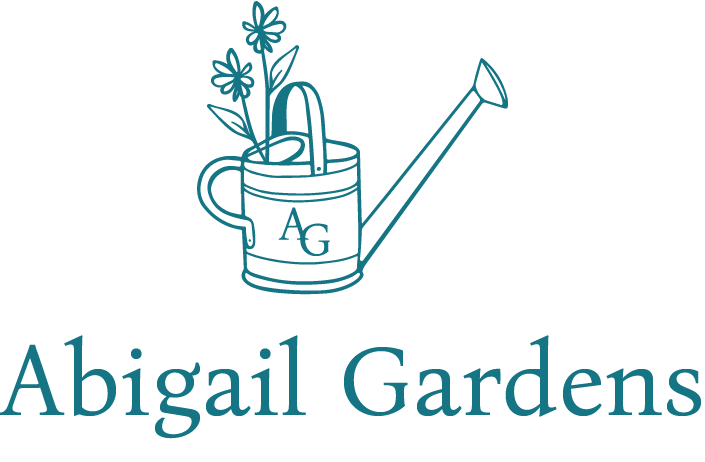Invasive vs. Aggressive
Invasive, aggressive, non-native – the general gardening public (and even many horticulture professionals!) love to throw these terms around when talking about plants. Over the years, I’ve noticed that many tend to use these accusatory words willy-nilly with little consideration given to the true implication. Too many times I’ve listened with horror as folks have confidently and incorrectly labelled their plants as “invasive”, giving certain, undeserving plants a bad reputation! I want to set the record straight. What are you really saying when you classify a plant as “invasive” or “aggressive”?
An invasive species is, according to the US Forest Service, “a species that is 1. Non-native (or alien) to the ecosystem under consideration; and, 2. Whose introduction causes or is likely to cause economic or environmental harm or harm to human health.” So, there you have it. Invasive means non-native AND causing harm to the local environment. The obvious examples of this in our region are English Ivy and Kudzu. Not only are they non-native, but they quickly choke out native species and dominate tree canopies. Other identified invasive species on the East Coast include Ailanthus (Tree-of-Heaven), Japanese stilt grass, Chinese wisteria, etc., etc... Even if you yourself cannot see the effects of an invasive species, it is always there. One time, I spoke with a lady who insisted her Chinese wisteria wasn’t invasive in her yard – and I hated to break it to her that just because it’s vining gently on her trellis and not getting tangled up in other plants didn’t mean that the seeds weren’t travelling into the nearby woods to run rampant. She couldn’t seem to grasp the idea that invasive really does means harmful even though she couldn’t see how her plant was contributing to ecological disaster.
Chinese wisteria taking over a forest. Our native, American wisteria doesn’t act this way in its natural setting.
There are plenty of non-native species that do not wreak ecological havoc, such as peony, boxwood, roses, iris, azaleas, etc. You can plant these in your yard, and the plants will, for the most part, stay put. They will not smother surrounding plants, they will not send out crazy runners to overtake the entire yard, and birds and animals will not spread the seed all over the woods. These plants may not necessarily provide any ecological benefit, but they won’t cause any real problems either. You can think of this group as true neutrals. And for the record, I love and cherish lots of non-native, non-invasive plants! Tulips are one of my must-grow plants, and while they mostly just provide value to us humans as cut flowers, that’s still worth something.
Tulips. Not native, not invasive, just pretty :)
And then there are native plants that are often referred to as “invasive.” Physostegia or “Obedient Plant” commonly comes under fire for being invasive when that could not be further from the truth. Physotegia is a North American perennial, its native distribution ranging from Quebec to Northern Mexico. Because the plant spreads vigorously via stolon (and guess what, it’s in the mint family), many gardeners don’t like it because it takes over their bed. It’s an aggressive native, and it’s a great choice of plant for a large, moist area, where it can freely cover lots of ground. But don’t plant this in your garden expecting it to play nicely and stay put, and then wrongly accuse it of being invasive. It’s an important source of nectar for butterflies and hummingbirds. And it can easily be pulled out and maintained if you’ve already planted it somewhere you don’t want it.
Physostegia or Obedient Plant spreads aggressively, is highly beneficial, and beautiful!
Another native plant that gets a bad rap is Chasmanthium latifolium, or Northern Sea Oats. This grass spreads aggressively by both rhizome and seed, so even many native gardeners avoid it at all costs. But for the right location, it’s highly worth considering – it’s a larval host for skippers, has great winter interest, and makes a great alternative to Pampas grass, bamboo, miscanthus, and lawn. It’s tempting to call it invasive when it’s popping up everywhere you don’t want it in your quarter acre yard, but it’s truly an ecological gem.
Chasmanthium has attractive seed heads that are great in dried arrangements.
The next time you’re mad about pulling some terrible plant out of your yard, don’t jump to calling it invasive, unless it truly is. And make sure you refer to our spreading East Coast natives as aggressive, because you don’t want to give a good plant a bad press!




